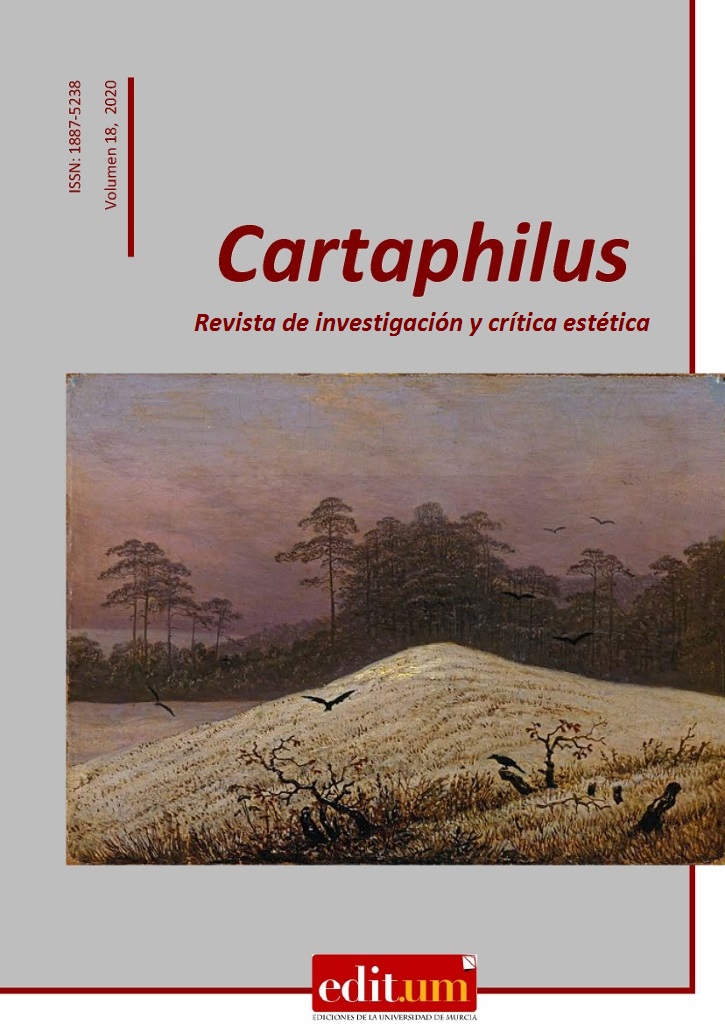Art and the disappropriation of the world
Abstract
Works of art are material objects that at the same time and in mysterious ways are spiritual objects (i. e. immaterial). Using Kant and Schiller, this article opposes the Platonic and Aristotelian qualification with a different conception of art, which would be a human manufacture not subject to the logic of appropriation, but of its opposite. Man is a rational being, but Kant gave this idea three dimensions: reason is knowledge, but also compassion and contemplation. A human being has theoretical interests, practical interests… and multiple interests. The “aesthetic temper" to which Schiller refers points to this faculty of doing nothing, to this loosening of tensions, occupations and worries, to the pure delight (or dread) of being merely in the world. Aesthetic experience or emotion comes to the surface when we expect nothing —neither good nor bad— from things. It is paradoxical that one dimension of our rationality is the faculty of not waiting, of not seeking, of not modifying or substituting, of not moving a finger, of simply doing nothing: it is the faculty of letting come, of letting appear (and disappear), of letting things be; it is the faculty of deactivating —momentarily— our other faculties.
Downloads
References
Aristóteles (2014), Poética, Madrid: Gredos.
Hegel, G. W. F. (1996), Lecciones de Estética, Madrid: Akal, Madrid.
Kant, Immanuel (1978), Crítica del Juicio, Buenos Aires: Losada.
Platón (2014), República, Madrid: Gredos.
Schiller, Friedrich (2012), La educación estética del hombre, Madrid: Acantilado.
Works published in this journal are subject to the following terms:
1. The Servicio de Publicaciones of the University of Murcia (the publisher) reserves the copyright of the published works and encourages and allows their reuse under the usage licence indicated in point
© Servicio de Publicaciones, Universidad de Murcia, 2015
2. Works are published in the electronic edition of the journal under a Creative Commons Reconocimiento-NoComercial-SinObraDerivada 4.0 International licence (legal text). They may be copied, used, disseminated, transmitted and publicly displayed, on condition that: i) the author and original source of the publication are cited (journal, publisher and URL of the work); ii) the material is not used for commercial purposes; iii) the existence and specifications of this licence for use are mentioned.

3. Self-archiving conditions We allow and encourage authors to electronically disseminate the preprint versions (the pre-review version) and/or post print (the version that has been reviewed and accepted for publication) of their works before they are published as this encourages earlier circulation and dissemination and so a potential increase in their citation and impact in the academic community.




